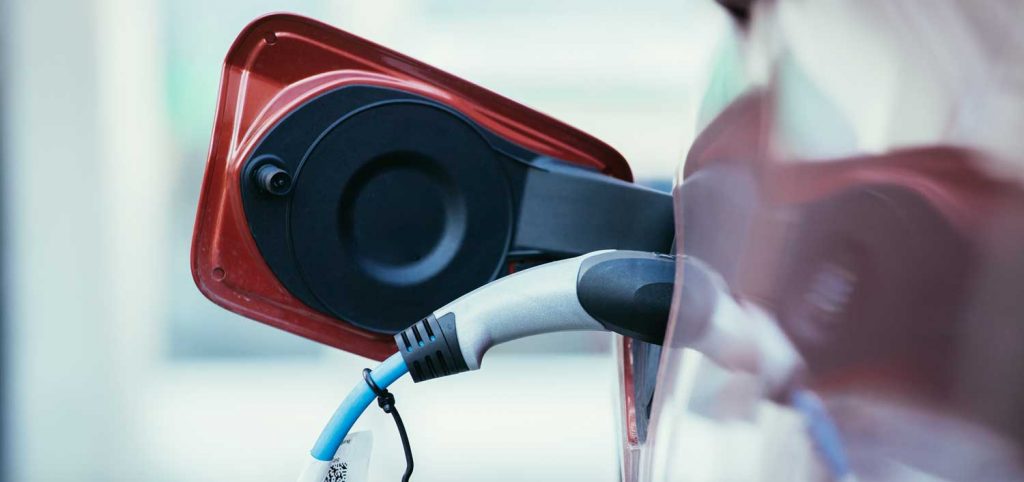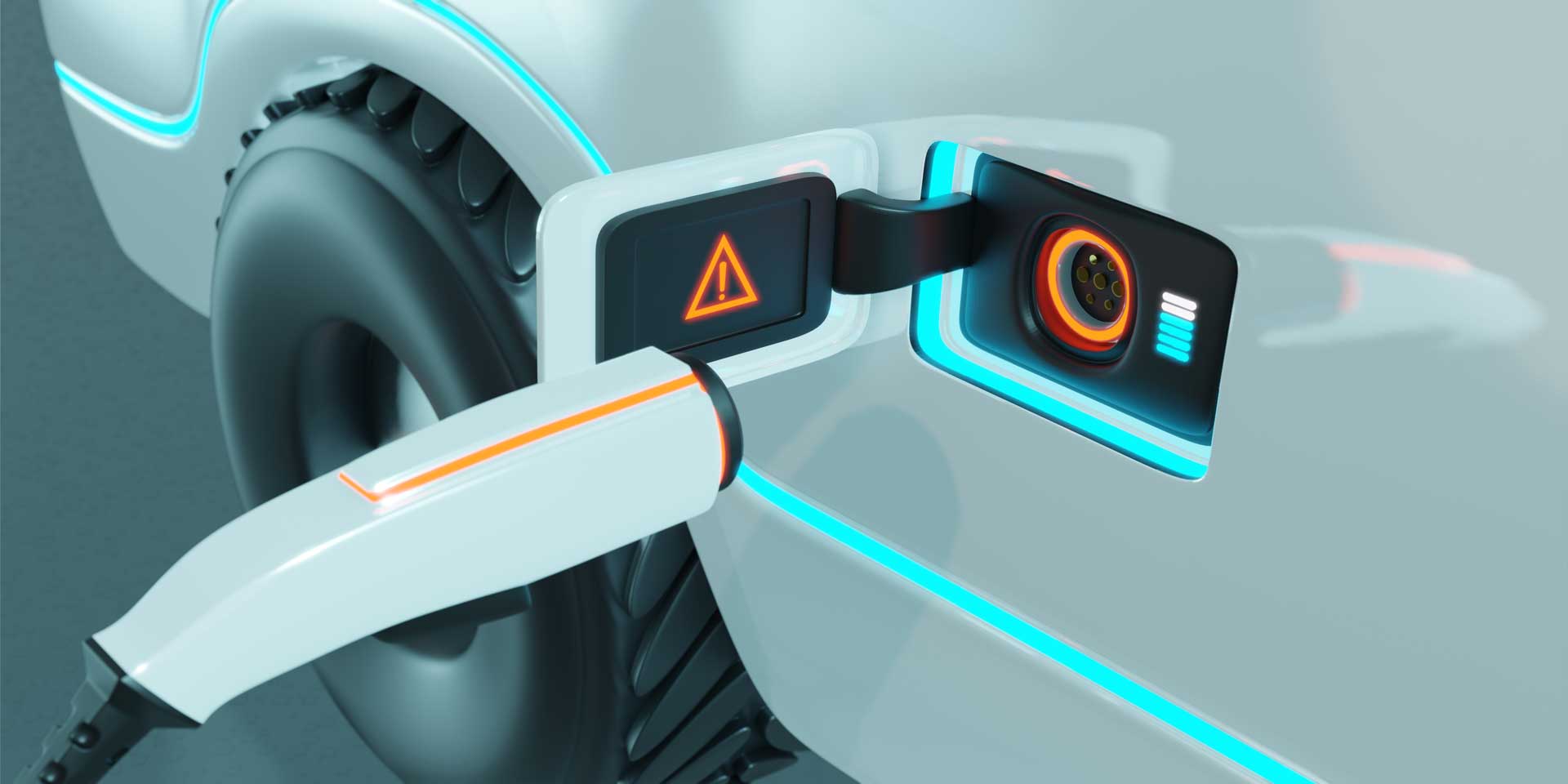THE RACE TO ELECTRIFY!
An electrifying look at cars to come!
COMPILED BY Dyan Seneviratne
Christmas cards of yore depicted horse-drawn carriages ploughing through the snow because horses, donkeys, oxen and reindeer took people from point A to point B. Then came contraptions of multiple shapes and sizes powered by ICE (internal combustion engines), and that technology prevails to this day – using petrol, diesel and ethanol principally.
The inevitable migration from cars powered by fossil fuels to electric vehicles (EVs) will have a profound impact on personal transport. According to verifiable data, COVID-19 caused a 20 percent drop in global light vehicle sales in 2020 to about 70 million.
However, predictions are that this segment augmented by EVs will pick up this year. That shift to mostly EVs will change the way people travel.
Electric power requires a fundamental rethink of a car’s internal architecture, literally turning it into a computer on wheels. This year, companies in the electric car ecosystem – Tesla and its copycats, established carmakers and tech giants – will be collectively jockeying for positions in the race for an electrified future.
EV market leader Tesla may have some catching up to do in large-scale production but established carmakers also face an equally daunting challenge in learning how to write software. Electric cars require integrated software not only to ensure that batteries and motors work together to provide the best performance but also connect the vehicles to the outside world.

Indeed, carmakers are struggling to combine disparate electronic systems from different suppliers to create the seamless experiences offered by Tesla, which constantly improves its cars with smartphone style ‘over the air’ software updates.
Making that significant shift from mechanical engineering to developing software and providing the mobility services that customers will increasingly demand, such as ride hailing and ride sharing, are not the only challenges.
Incumbents must also wind down investments in combustion engine technology, and pursue the alliances needed to catch up on batteries and software. It’s expected that there will be more joint ventures and investments in startups, as they try to share costs, shift away from petrol and diesel power – and bring in new thinking overall.
Check out the Tesla wannabes from China’s Li Auto, NIO, WM Motor and Xpeng Motors, to American companies such as Lucid Motors and Fisker Inc. Tech giants are also keen to work on transport that will be mostly digital.
The list of upcoming EVs is formidable along with some funky names to boot!
EVs on the cusp of being launched include Aspark Owl, Audi Q4 e-tron, BMW i4, BMW iX, Bollinger B1 and B2, Byton M-Byte, Cadillac Lyriq, Canoo pickup truck, Chevrolet Silverado, Faraday Future FF91, Ford F-150 Electric, Jeep Wrangler Magneto EV, Kia EV6, Lexus EV SUV, Lucid Air and Lagonda All-Terrain.
Much hyped flashy launches of vehicles are one thing but producing cars to scale when bits and bytes are as vital as brakes and bodywork is quite another. Establishing retail and maintenance networks is no joyride either.
And 2022 will make clearer which of Tesla’s competitors – both new and old – will stay in the race.


